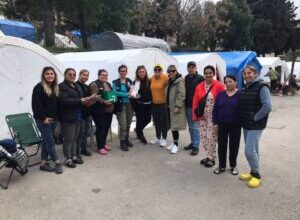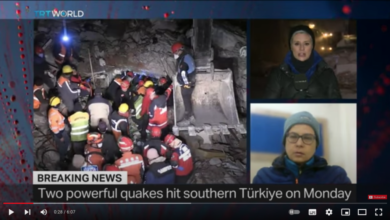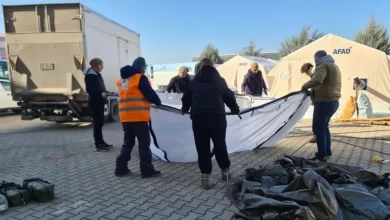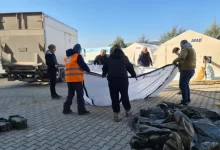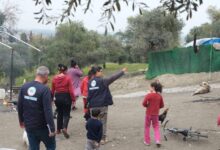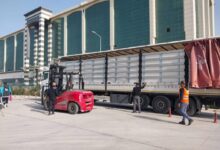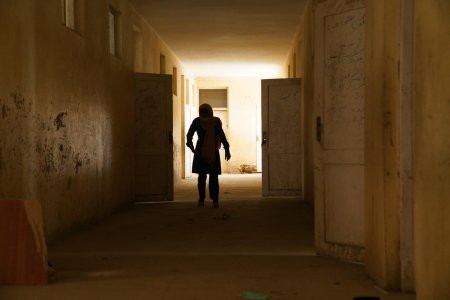
As Kabul airport remains the epicentre of global attention in Afghanistan, world leaders must refocus on the urgent needs of Afghan women and girls, who remain in need of humanitarian assistance. While the UN’s Afghanistan humanitarian response plan remains just 38% funded, over 1.4 million women and girls stand to lose out of urgently needed services, including safe spaces to access comprehensive support.
Elinor Raikes, IRC Vice President and Head of Programme Delivery, said,
“We know that during times of crisis, violence against women and girls increases. With uncertainty mounting throughout Afghanistan, the IRC is concerned that we could see an increase in violence against women as well as an increase in child marriage. Currently, around 50% of those in need of humanitarian assistance are women and girls, but with rates of new internal displacement soaring to over half a million additional people this year alone, it is likely that the needs are far greater than what is currently known.
“On top of this, in the last year, women and children have comprised 46% of civilian casualties, and continue to be at risk of targeted attacks. It is urgent that the international community continues to use diplomatic leverage to ensure the safety of civilians – particularly those who are eligible for evacuation efforts.
“If our teams are to reach women and girls within communities, the role of women aid workers is critical. Without women working in the humanitarian response in Afghanistan, aid organisations are unable to create safe spaces where the needs of women and girls can be met. It is absolutely crucial that the international community, including the United States, UK and European Union, recognise this and push for unfettered humanitarian access and ensure that all aid workers, including female staff at all levels of management, can safely operate across the country.”
The IRC began work in Afghanistan in 1988, and now works with thousands of villages across nine provinces, with Afghans making up more than 99% of IRC staff in the country. As Afghanistan struggles to recover from ongoing conflict and natural disasters, the IRC: works with local communities to identify, plan and manage their own development projects, provides safe learning spaces in rural areas, community based education, cash distribution provides uprooted families with tents, clean water, sanitation and other basic necessities, and helps people find livelihood opportunities as well as extensive resilience programming.
Source: IRC

